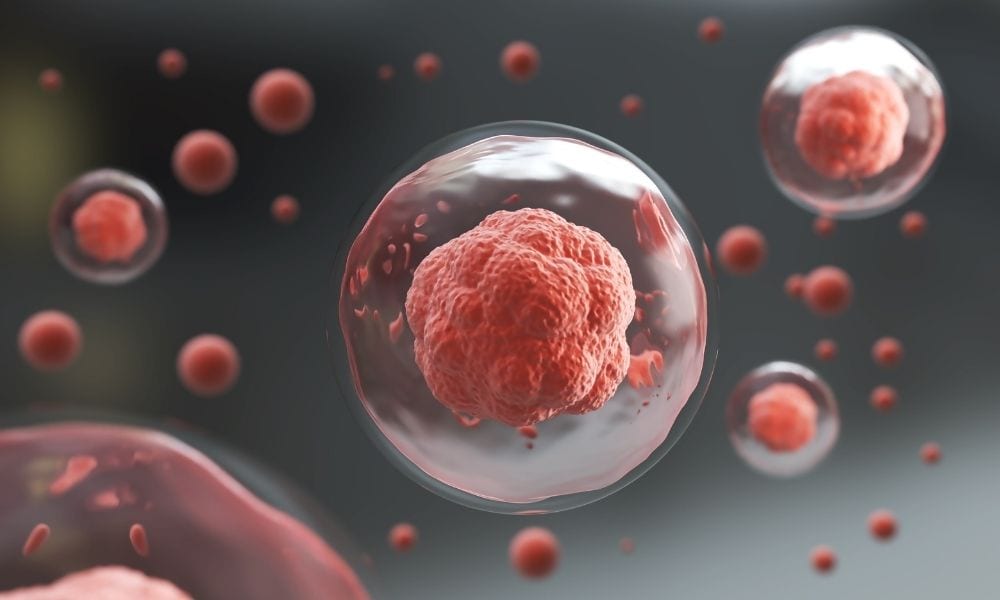

Stem cells have lots of potential in the medical field because they can differentiate into multiple types of cells. Through treatments, these newly differentiated cells can replace damaged or diseased cells in a person’s body. While it’s possible to get stem cells from bone marrow, those found in umbilical cord blood can be better for some people. Ahead, we demonstrate umbilical cord blood stem cells’ advantages through three points.
Cord blood stem cells are beneficial for people because they’re highly versatile. They are classified as hematopoietic stem cells, which means that they can become various types of blood components, such as red blood cells, white blood cells, and platelets. Doctors have already utilized cord blood stem cells for over eighty blood-related diseases. This includes forms of leukemia and anemia, as well as sickle cell disease.
Bone marrow stem cells cannot help a person if they don’t match with their body genetically. Even with a 100-percent match, rejection can still happen. However, one umbilical cord blood stem cell advantage is that they have a lower chance of rejection. The patient-donor match only needs to reach 67 percent. This makes it much more likely for treatments using cord blood stem cells to succeed. Doctors can use cells from a child for that child or for their family members as well.
As you might guess, extracting stem cells from bone marrow isn’t the most pleasant process. Doctors must subject the donor to anesthesia and then insert a large needle into their bones to draw out the cells. In contrast, umbilical cord blood stem cells are easy to collect and store. After a mother gives birth to a child and the doctor clamps and cuts the umbilical cord, they gather blood from it. This is painless for both the mother and baby. A cord blood bank then processes the blood to separate out the stem cells before putting them into storage. Those who donate and use cord blood stem cells don’t need to do much more than sign up with a dependable cord blood bank.
FAQ
Cord blood stem cells are beneficial for people because they’re highly versatile. They are classified as hematopoietic stem cells, which means that they can become various types of blood components, such as red blood cells, white blood cells, and platelets. Doctors have already utilized cord blood stem cells for over eighty blood-related diseases. This includes forms of leukemia and anemia, as well as sickle cell disease.
Additional Resources:
Harvard University: Umbilical Cord Blood
Salt
Potassium
Magnesium
Find out when to upgrade your industrial storage solutions to improve efficiency, boost safety, cut…
Disposable e-cigarettes are redefining how nicotine is consumed—and they're doing so with growing support from…
For smokers seeking a healthier way to enjoy nicotine, innovation has brought forward one of…
Discover the incredible teamwork of bees and how their collaboration sustains ecosystems. Learn how we…
A night out at a top-notch bar with an incredible view can be an unforgettable…
Learn the critical safety features every go-kart track needs. From barriers to emergency solutions, these…